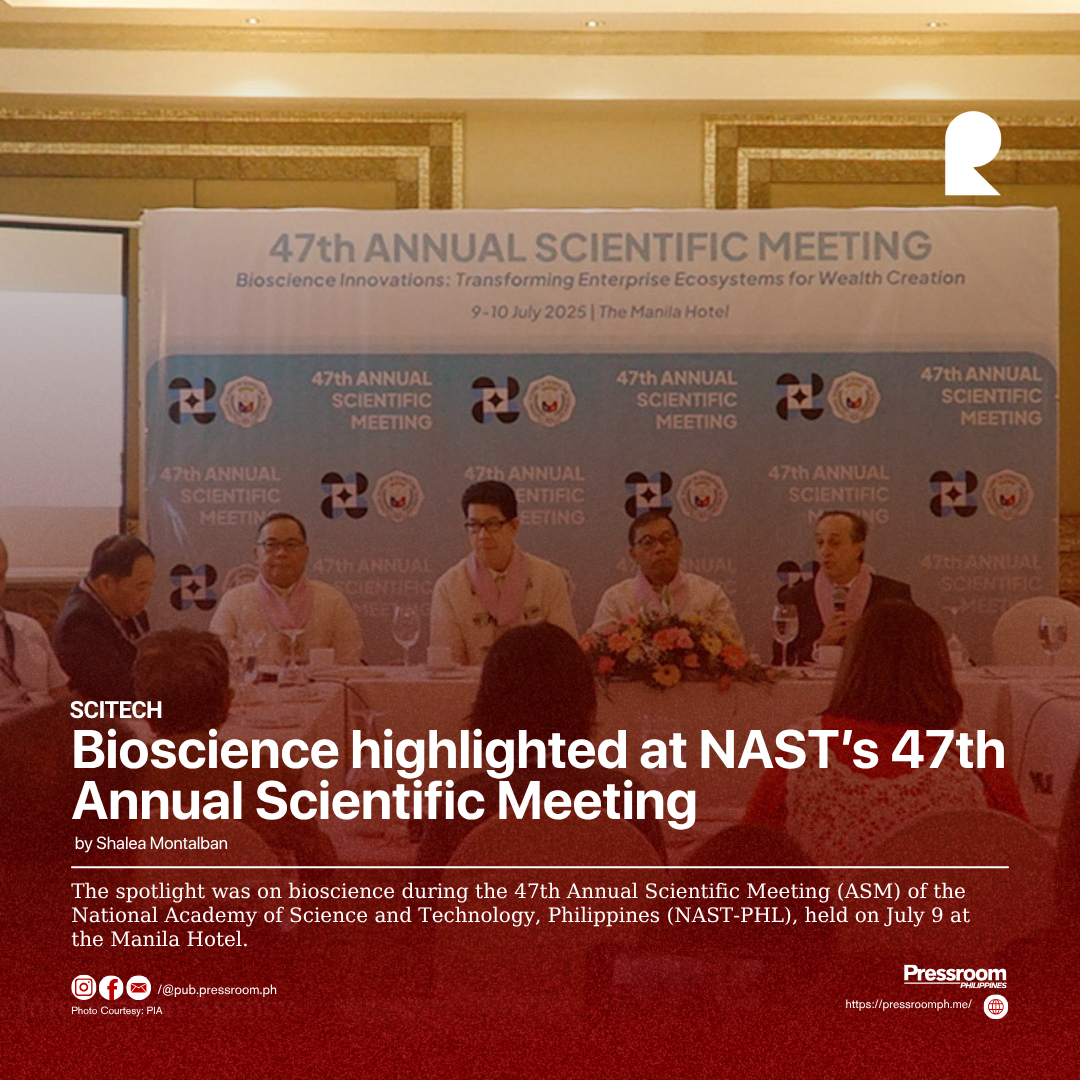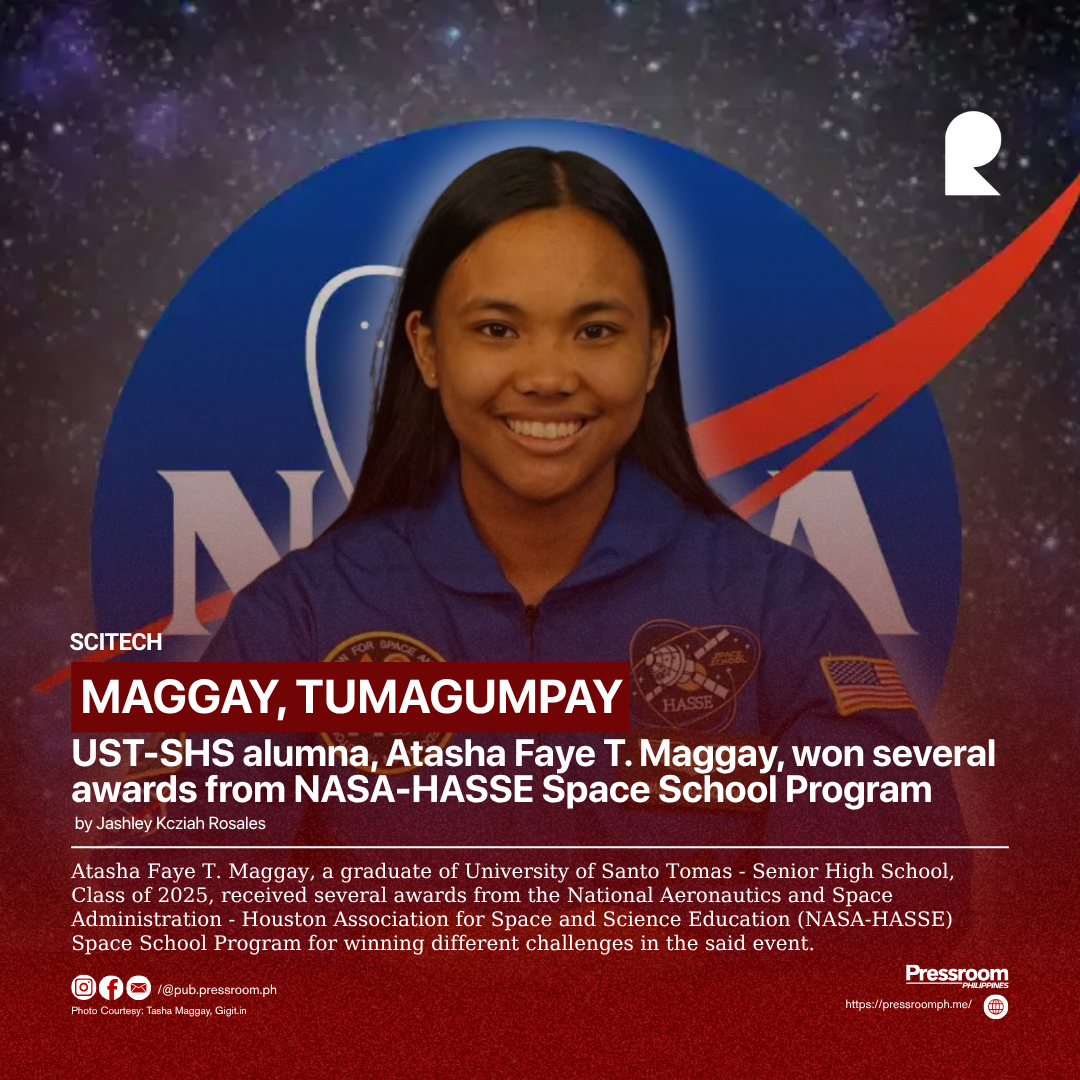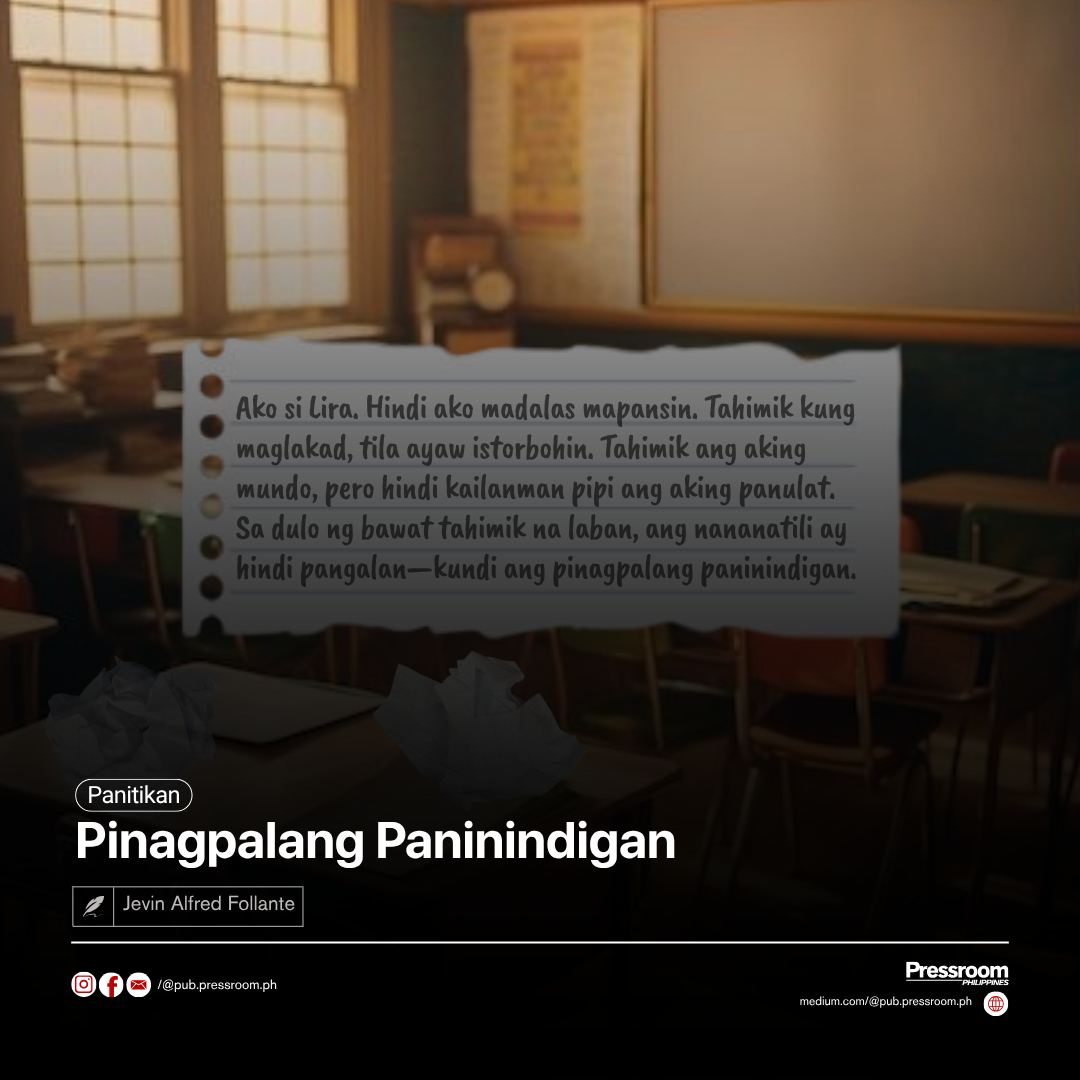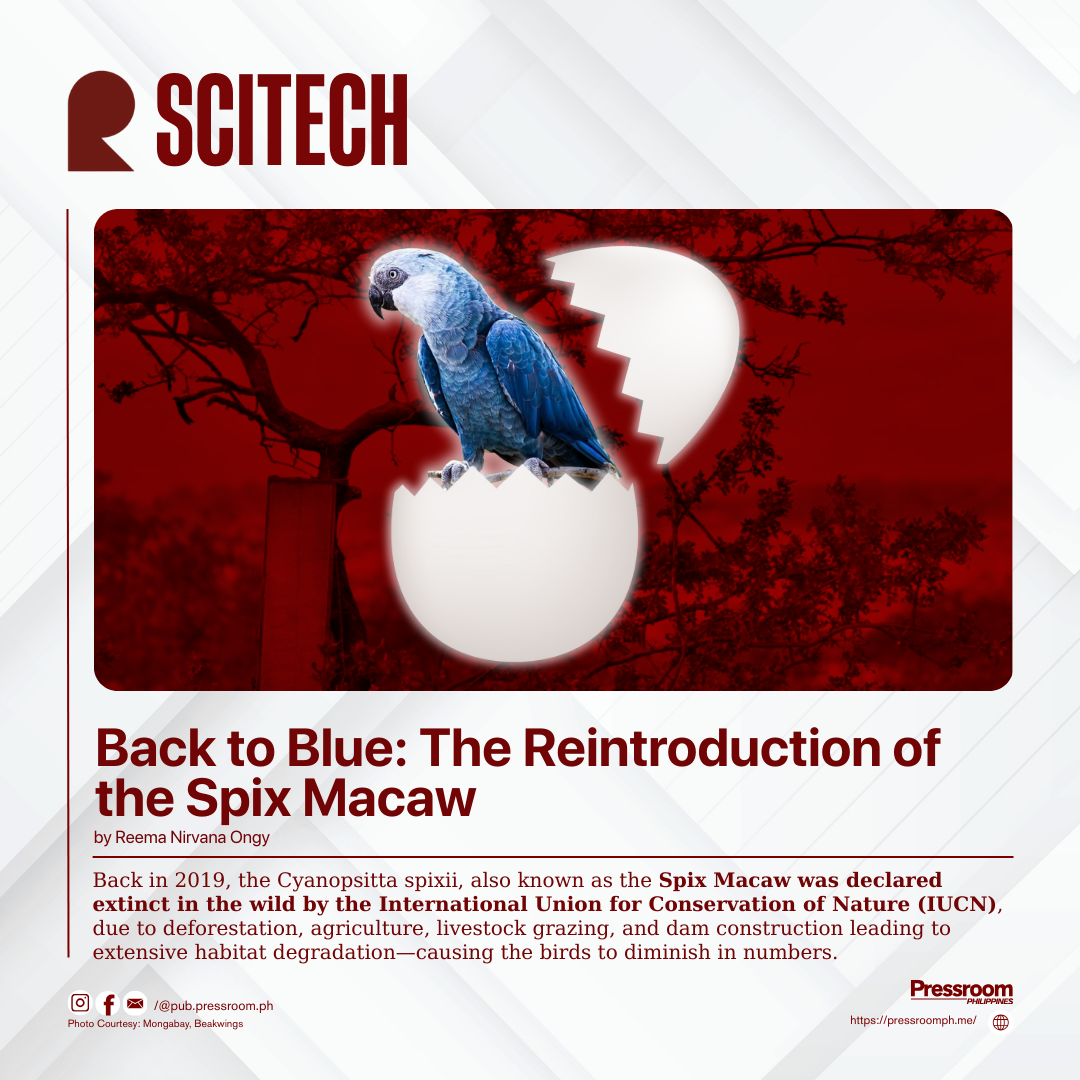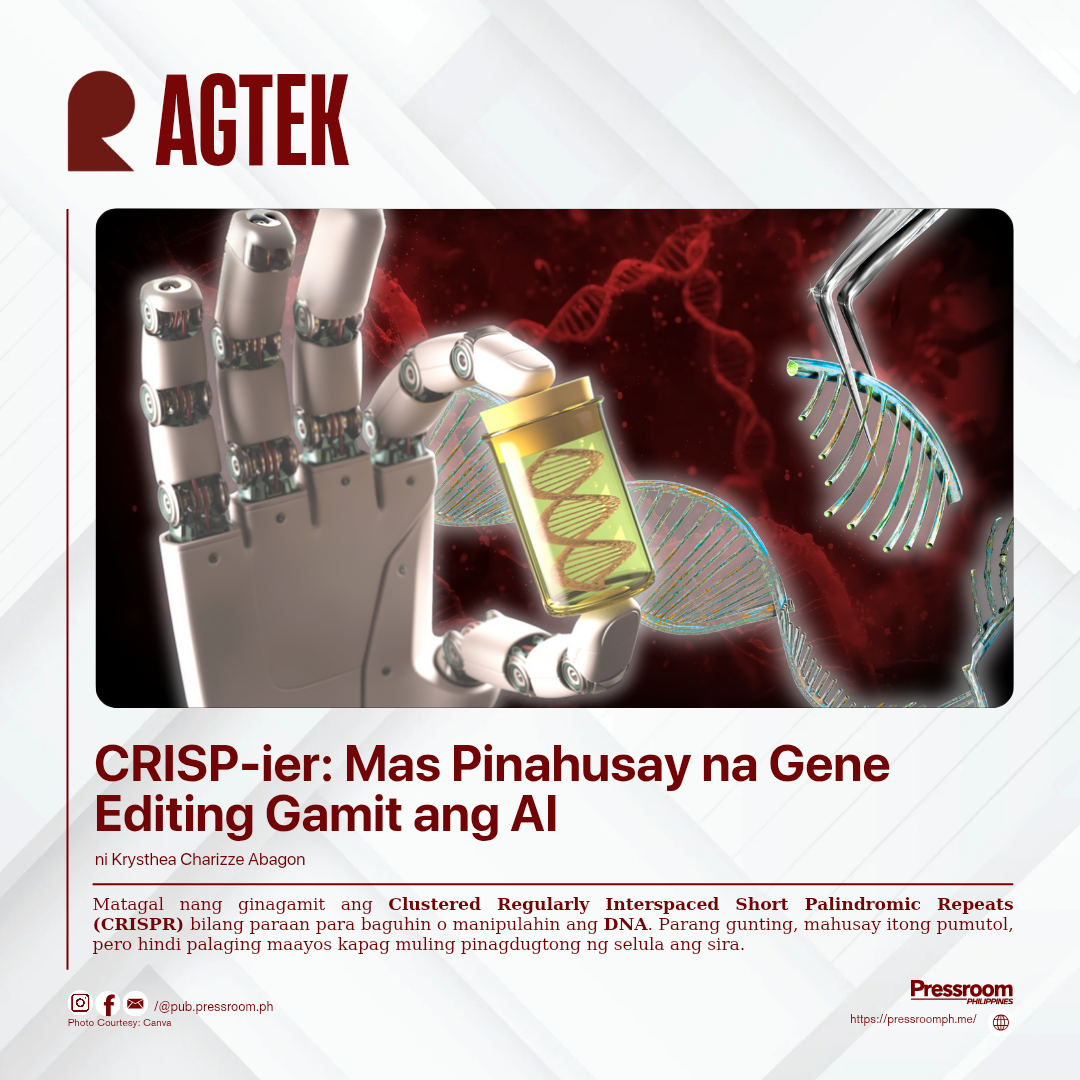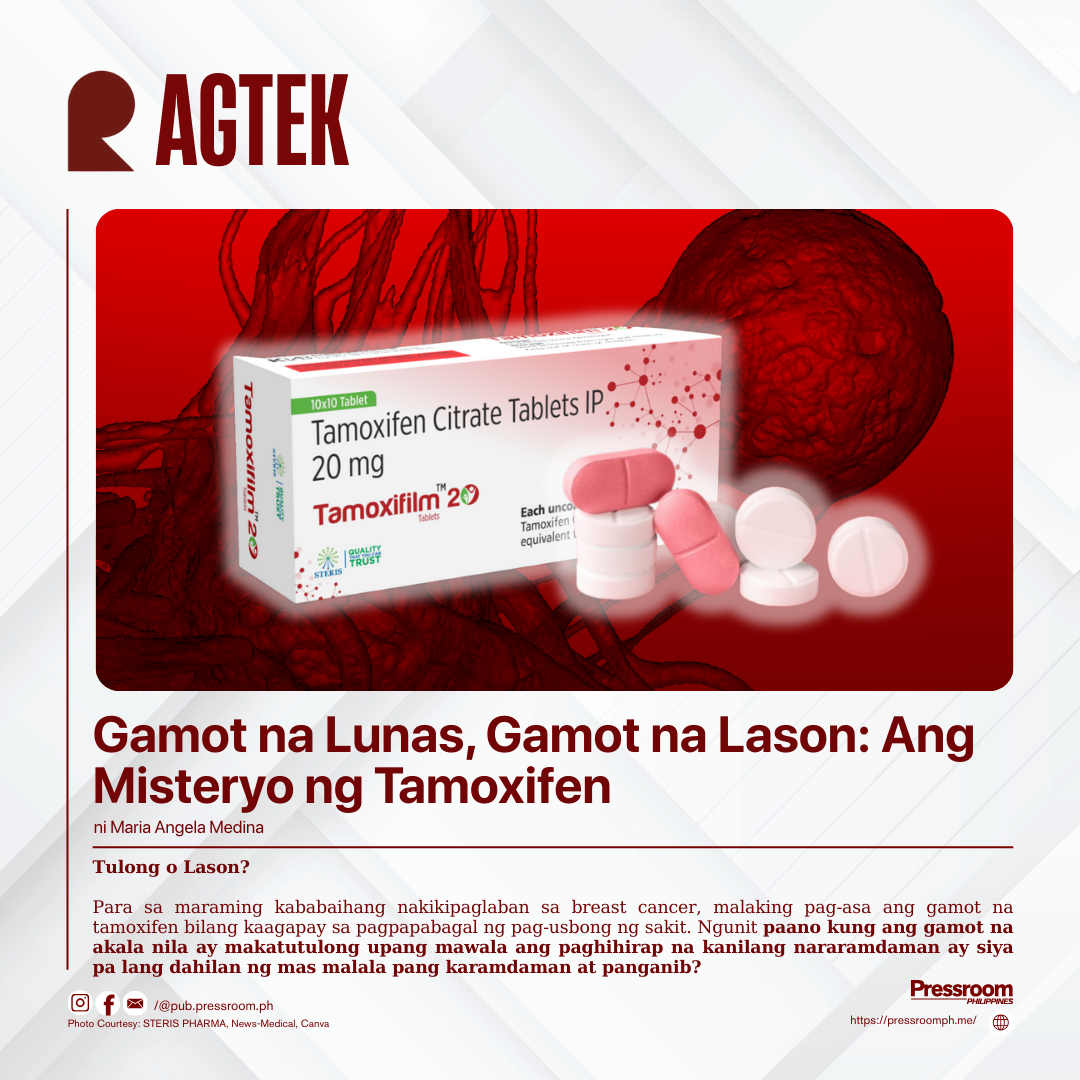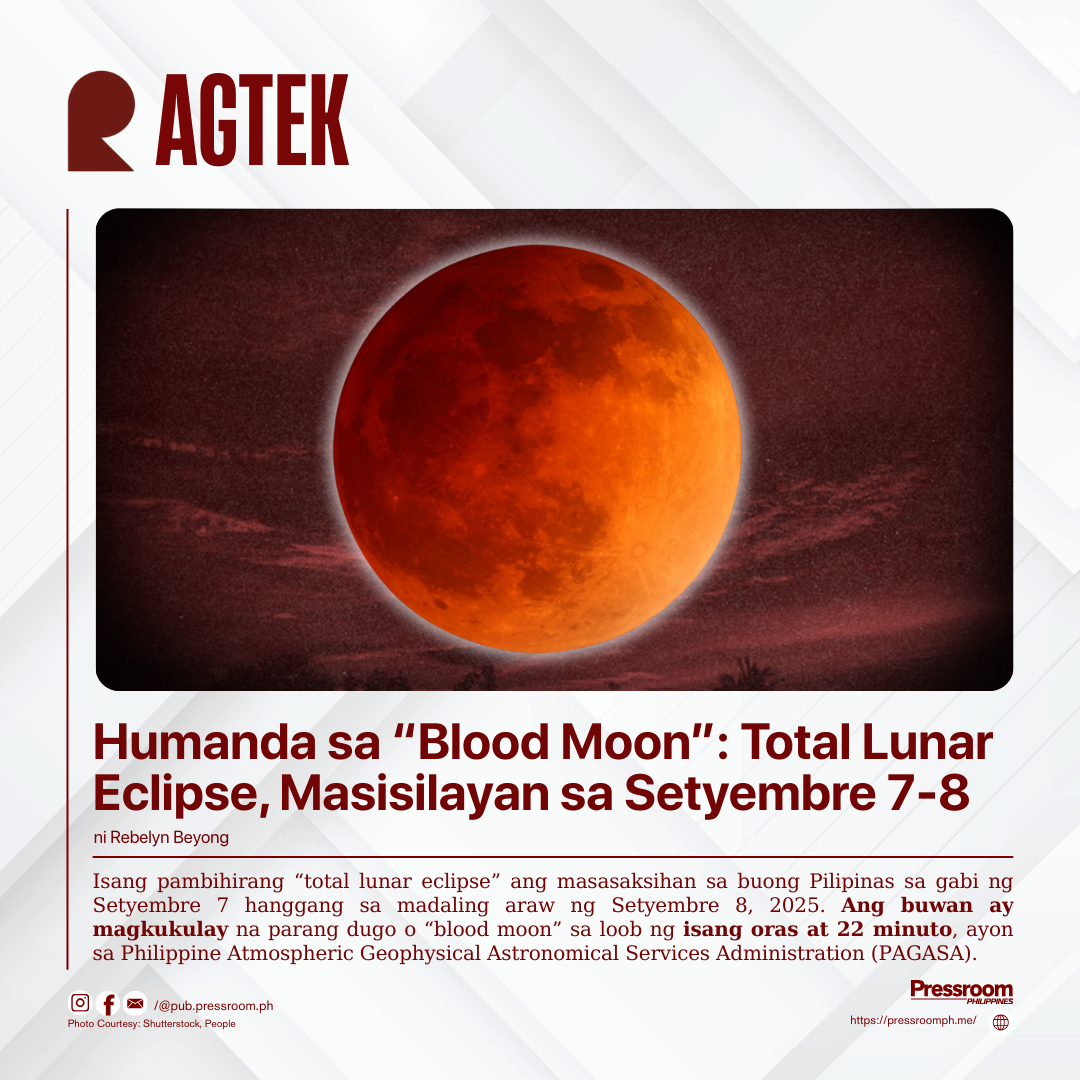The spotlight was on bioscience during the 47th Annual Scientific Meeting (ASM) of the National Academy of Science and Technology, Philippines (NAST-PHL), held on July 9 at the Manila Hotel.
The event, which brought together scientists, researchers, and policymakers from across the country, marked the culmination of regional scientific forums held over the past months—all aiming to share science-driven solutions for national development.
NAST President Jaime Montoya opened the event with a strong message: bioscience has the power to shape a future that is healthier, wealthier, and more sustainable. He emphasized how breakthroughs in biosystems science can directly impact daily life—whether through safer food, cleaner environments, or stronger public health systems.
Montoya also pointed out that bioscience isn’t just about laboratories and research papers. It’s about helping communities manage their natural resources better, protect their surroundings, and improve their quality of life. He encouraged researchers to turn their work into tools and technologies that everyday Filipinos can actually benefit from.
Supporting this vision was DOST Secretary Renato Solidum, who highlighted how bioscience research contributes to addressing urgent issues like food insecurity and environmental degradation. He also shared the agency’s move to digitize nationwide scientific data—from nutrition studies to public health surveys—so these can be analyzed using artificial intelligence and used in policymaking.
The scientific exhibit during the ASM featured a variety of real-world applications of bioscience. These included studies on removing toxic metals from wastewater, and the dangers of venomous cone snails found in Philippine waters.
Researchers behind these works emphasized how support for science can save lives and protect the environment.
The two-day meeting is set to conclude with the awarding of outstanding Filipino scientists and the induction of new NAST members. As the discussions wrapped up, one message stood out: bioscience is more than theory—it’s a path toward progress, especially when it’s made accessible, practical, and responsive to the needs of the people.
